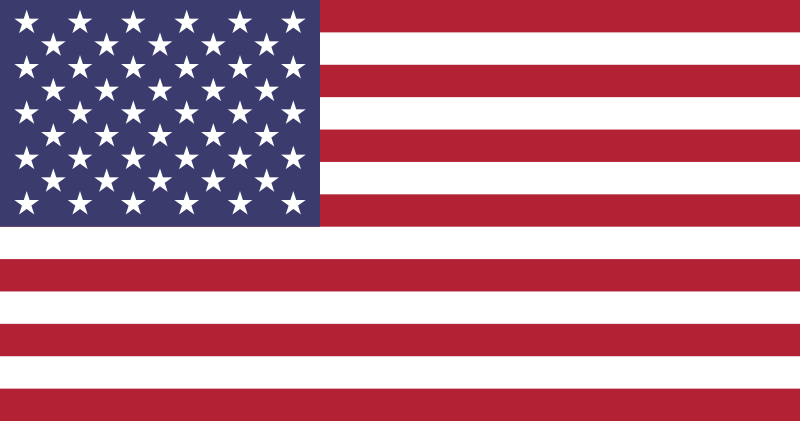Please be advised that a new pilot project for exports of onions to the United States is now available. “Operational procedure: Onion Pilot Project for Canadian Partners in Quality Preventive Control Inspection.”
This procedure provides industry participants with the option to participate in the existing Canadian Partners in Quality (C-PIQ) Program. Industry can self-issue their own export documents when they meet all elements of the program. These elements include a valid and effective preventive control plan (PCP) under the Safe Food for Canadians Regulations (SFCR), a traceability program in place, and a good compliance history. This procedure, along with the current C-PIQ Program Manual, will provide the guidelines for this new pilot. Instead of having Canadian Food Inspection Agency (CFIA) inspectors doing grade verifications on every load of onions being exported, CFIA inspectors will do inspections in participating establishments a few times per year, as outlined in the operational procedure.
Onion exporters who are interested in learning more about the pilot project should contact their local CFIA office to enquire further. If exporters are requesting inspections from the CFIA on a frequent basis (that is once per week or more often), the CFIA recommends participating in the program. The pilot project offers increased flexibility to export onions to the United States as export documents are self-issued, and the overall inspection burden is reduced.
Please note that while there are fees associated with the program, for the 2021-22 shipping season, the $1042.44 annual CPIQ registration fee is waived for the pilot project. The pilot project will conclude on August 31, 2022.
https://cscb.ca/article/exporters-onions-united-states-exportateurs-doignons-aux-%C3%A9tatsunis

